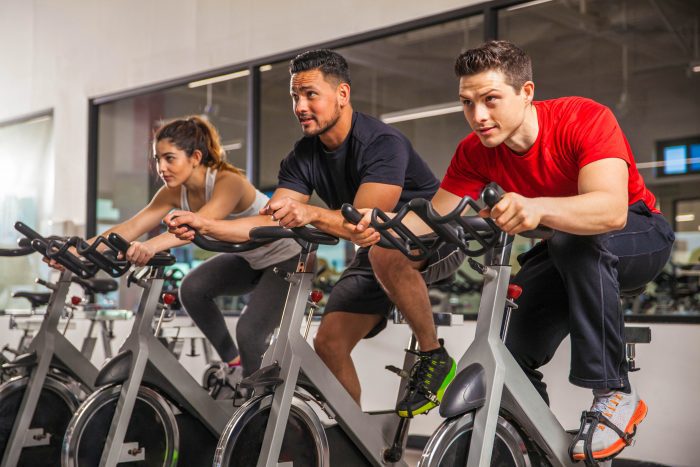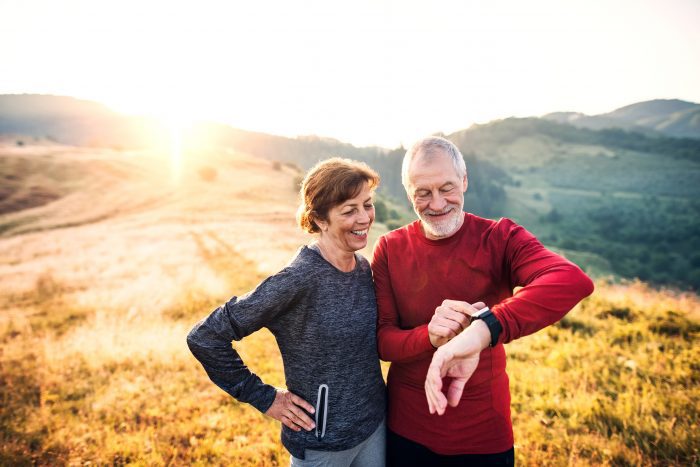Cardiac biomarkers can help you monitor your progress
By David Dunaief, M.D.

Heart disease is on the decline in the U.S. Several factors have influenced this, including better awareness, improved medicines, earlier treatment of risk factors and lifestyle modifications (1). Still, we can do better. Heart disease still underpins one in four deaths, and it is preventable.
What are the baseline risks for heart disease?
Significant risk factors for heart disease include high cholesterol, high blood pressure and smoking. In addition, diabetes, excess weight and excessive alcohol intake increase your risks. Unfortunately, both obesity and diabetes rates are increasing. For patients with type 2 diabetes, 70 percent die of cardiovascular causes (2).
Inactivity and the standard American diet, which is rich in saturated fat and calories, also contribute to atherosclerosis, or fatty streaks in the arteries, the underlying culprit in heart disease risk (3).
A less-discussed risk factor is a resting heart rate greater than 80 beats per minute (bpm). A normal resting heart rate is typically between 60 and 100 bpm. If your resting heart rate is in the high-normal range, your risk increases.
In one study, healthy men and women had 18 and 10 percent increased risks of dying from a heart attack, respectively, for every increase of 10 bpm over 80 (4). The good news is that you can reduce your risks.
Does medication lower heart disease risk?
Cholesterol and blood pressure medications have been credited to some extent with reducing the risk of heart disease. Unfortunately, according to 2018 National Health and Nutrition Examination Survey (NHANES) data, only 43.7 percent of those with hypertension have it controlled (5). While the projected reasons are complex, a significant issue among those with diagnosed hypertension is their failure to consistently take their prescribed medications.
Statins have played a key role in primary prevention, as well. They lower lipid levels, including total cholesterol and LDL (“bad” cholesterol). They also lower inflammation levels that contribute to cardiovascular disease risk. The JUPITER trial showed a 55 percent combined reduction in heart disease, stroke and mortality from cardiovascular disease in healthy patients — those with a slightly elevated level of inflammation and normal cholesterol profile — with statins.
The downside of statins is their side effects. Statins have been shown to increase the risk of diabetes in intensive dosing, when compared to moderate dosing (6).
Unfortunately, another side effect of statins is myopathy (muscle pain). I have a number of patients who suffered from statin muscle pain and cramps shift their focus to diet and exercise to get off their prescriptions. Lifestyle modification is a powerful ally.
Do lifestyle changes really reduce heart disease risk?
The Baltimore Longitudinal Study of Aging, a prospective (forward-looking) study, investigated 501 healthy men and their risk of dying from cardiovascular disease. The authors concluded that those who consumed five servings or more of fruits and vegetables daily with <12 percent saturated fat had a 76 percent reduction in their risk of dying from heart disease compared to those who did not (7). The authors theorized that eating more fruits and vegetables helped to displace saturated fats from the diet. These results are impressive and, to achieve them, they only required modest dietary changes.
The Nurses’ Health Study shows that these results are also seen in women, with lifestyle modification reducing the risk of sudden cardiac death (SCD). Many times, this is the first manifestation of heart disease in women. The authors looked at four parameters of lifestyle modification, including a Mediterranean-type diet, exercise, smoking and body mass index. The decrease in SCD was dose-dependent, meaning the more parameters adopted, the greater the risk reduction. SCD risk was reduced up to 92 percent when all four parameters were followed (8). Thus, it is possible to almost eliminate the risk of SCD for women with lifestyle modifications.
How can you monitor your progress in lowering heart disease risk?
To monitor your progress, cardiac biomarkers, such as blood pressure, cholesterol, body mass index, and inflammatory markers like C-reactive protein can tell us a lot.
In a cohort study of high-risk participants and those with heart disease, patients began extensive lifestyle modifications: a plant-based, whole foods diet accompanied by exercise and stress management (9). The results showed improvements in biomarkers, as well as in cognitive function and overall quality of life. Most exciting is that results occurred over a very short period to time — three months from the start of the trial. Many of my patients have experienced similar results.
Ideally, if a patient needs medications to treat risk factors for heart disease, it should be for the short term. For some patients, it makes sense to use medication and lifestyle changes together; for others, lifestyle modifications may be sufficient, provided the patient takes an active role.
References:
(1) cdc.gov/heartdisease/facts. (2) Diabetes Care. 2010 Feb; 33(2):442-449. (3) Lancet. 2004;364(9438):93. (4) J Epidemiol Community Health. 2010 Feb;64(2):175-181. (5) Hypertension. 2022;79:e1–e14. (6) JAMA. 2011;305(24):2556-2564. (7) J Nutr. March 1, 2005;135(3):556-561. (8) JAMA. 2011 Jul 6;306(1):62-69. (9) Am J Cardiol. 2011;108(4):498-507.
Dr. David Dunaief is a speaker, author and local lifestyle medicine physician focusing on the integration of medicine, nutrition, fitness and stress management. For further information, visit www.medicalcompassmd.com or consult your personal physician.

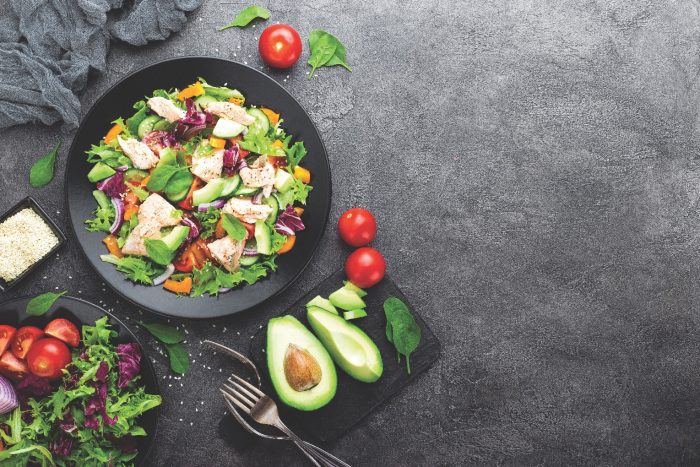
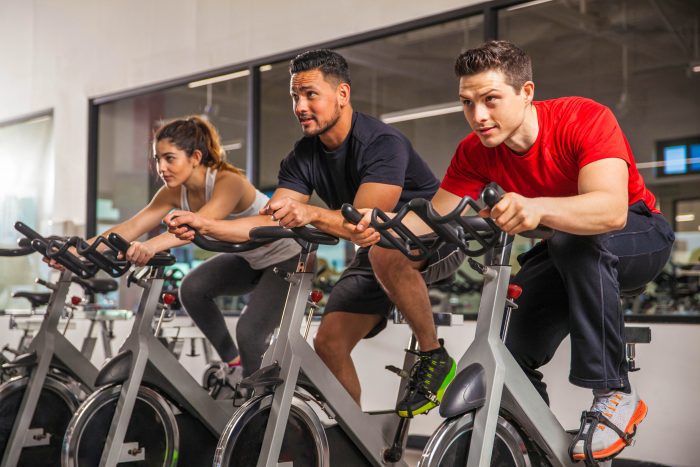


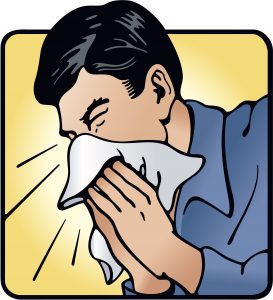 One of the studies, published in the Journal of Infectious Disease, found that zinc reduced the duration of the common cold by almost 50 percent from seven days to four days, cough symptoms were reduced by greater than 60 percent, and nasal discharge was reduced by 33 percent (2). Researchers used 13 grams of zinc acetate per lozenge taken three-to-four times daily for four days. This translates into 50-65 mg per day.
One of the studies, published in the Journal of Infectious Disease, found that zinc reduced the duration of the common cold by almost 50 percent from seven days to four days, cough symptoms were reduced by greater than 60 percent, and nasal discharge was reduced by 33 percent (2). Researchers used 13 grams of zinc acetate per lozenge taken three-to-four times daily for four days. This translates into 50-65 mg per day.

